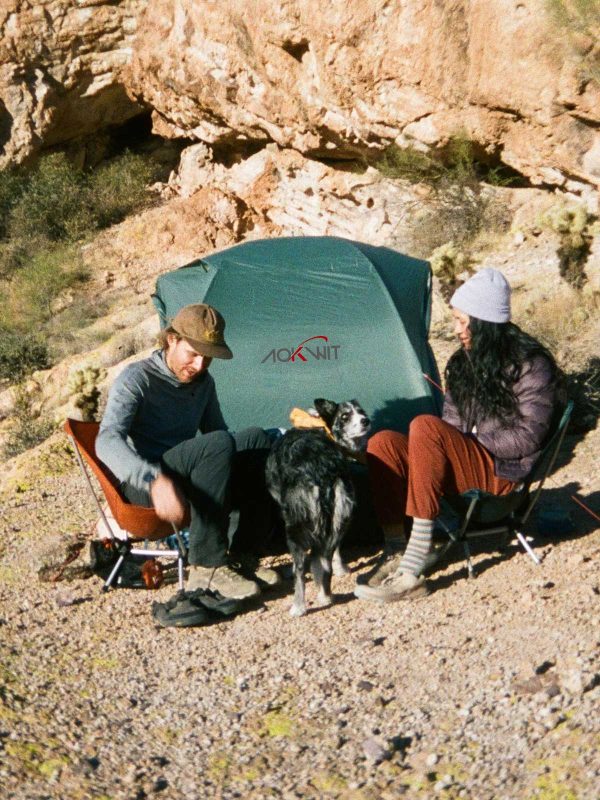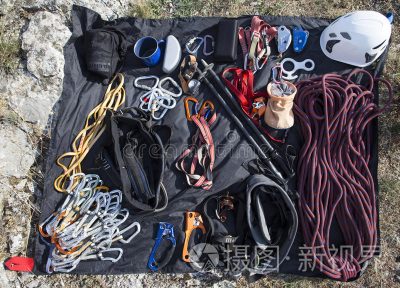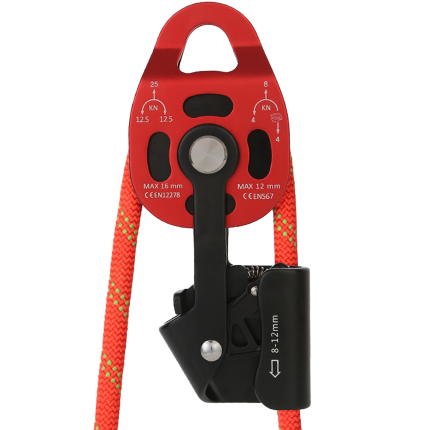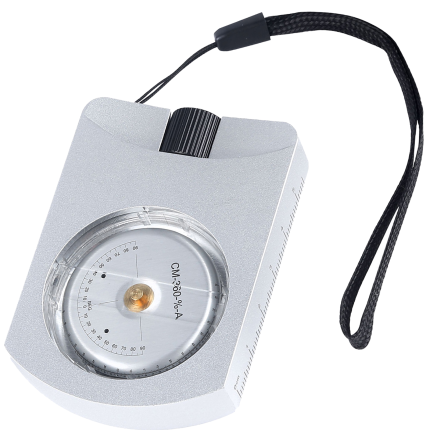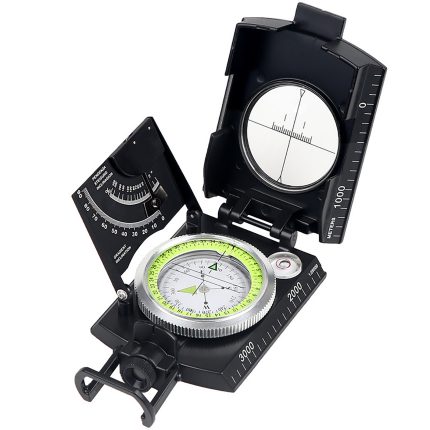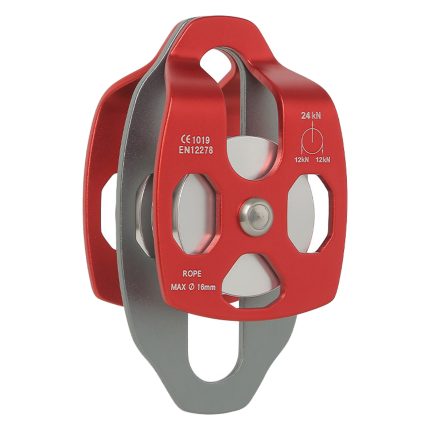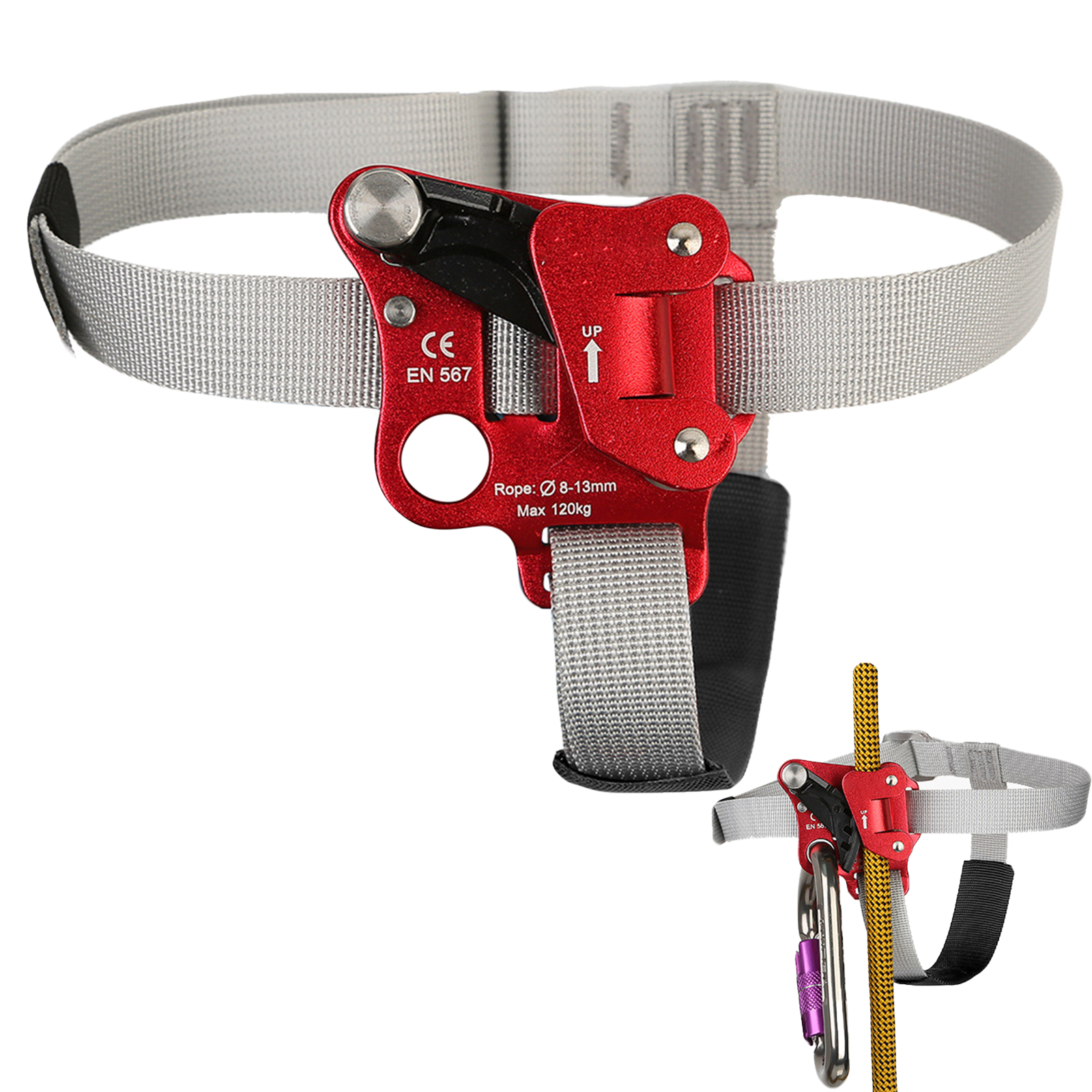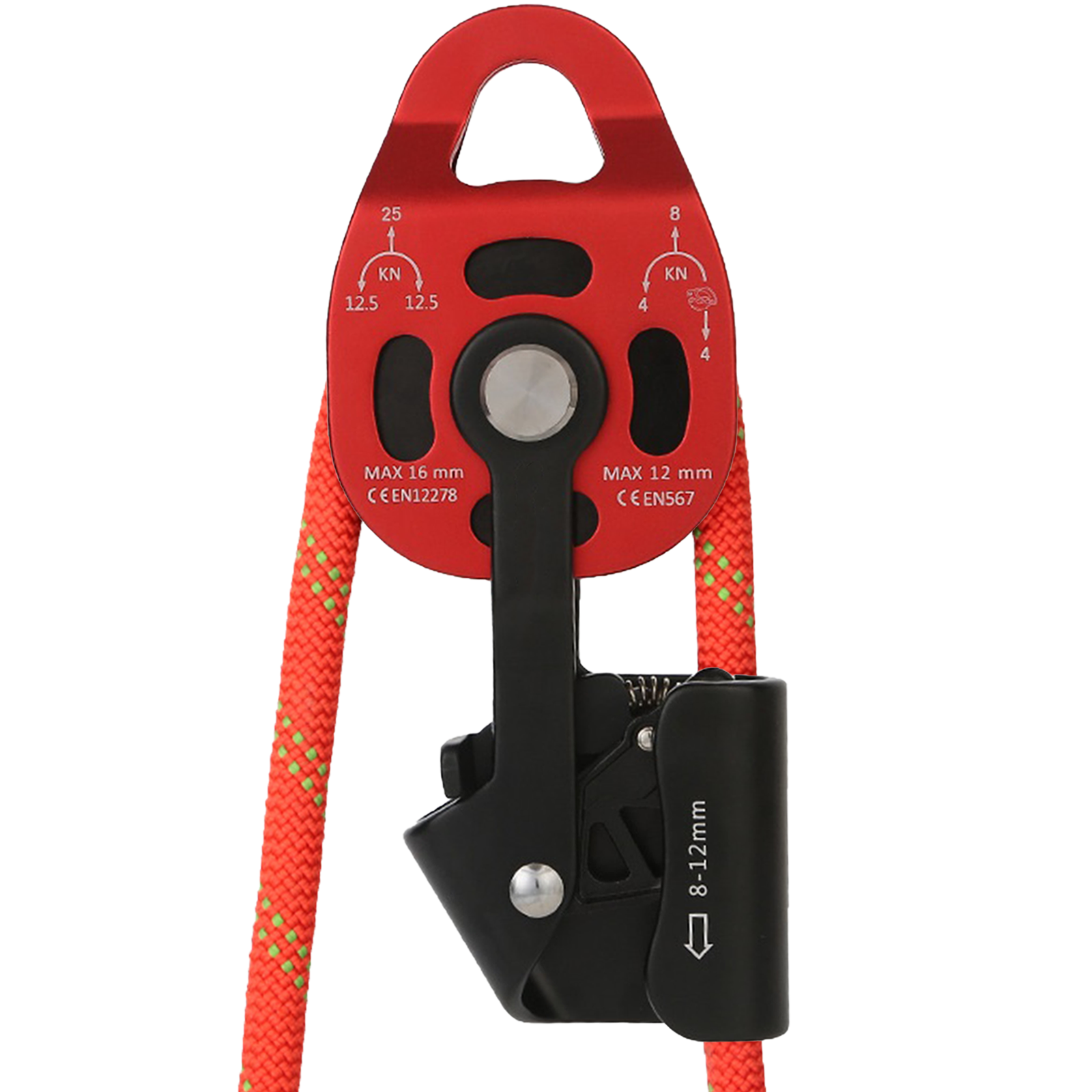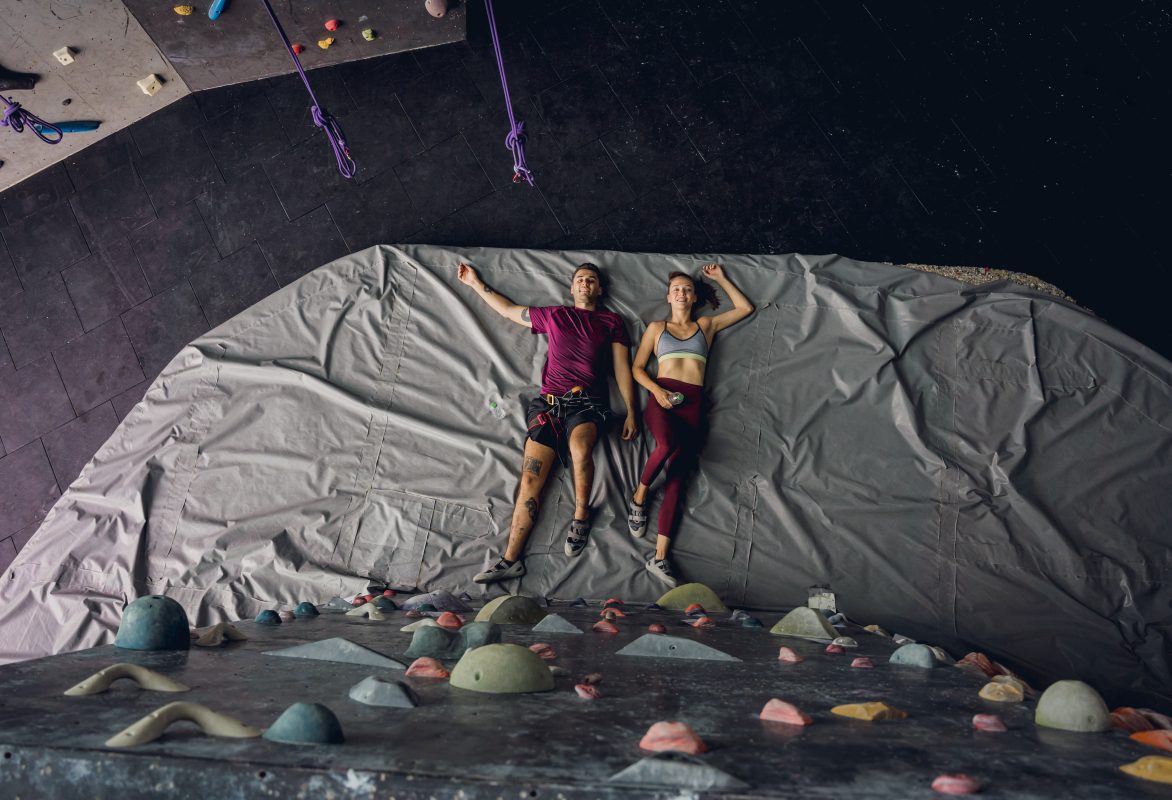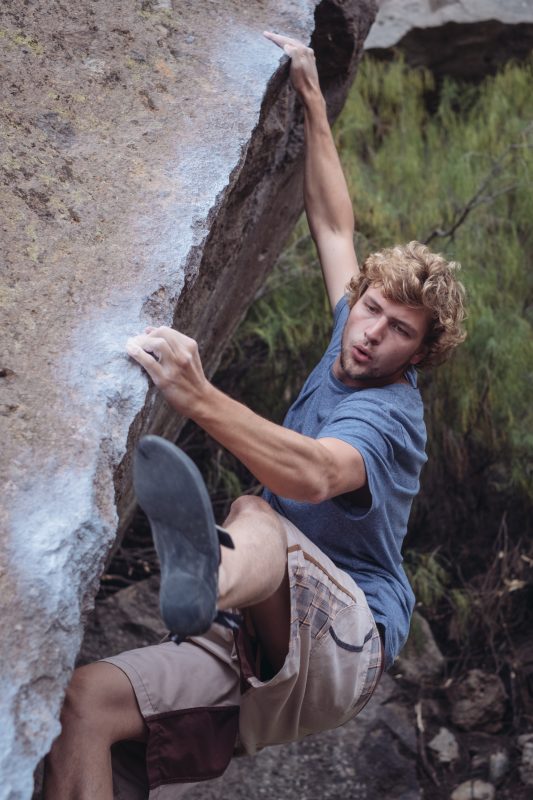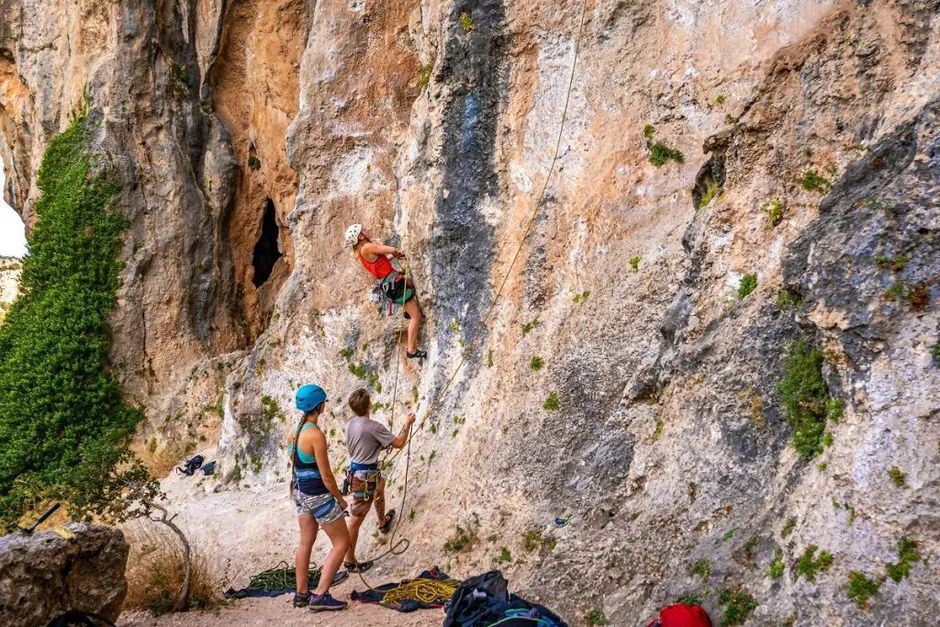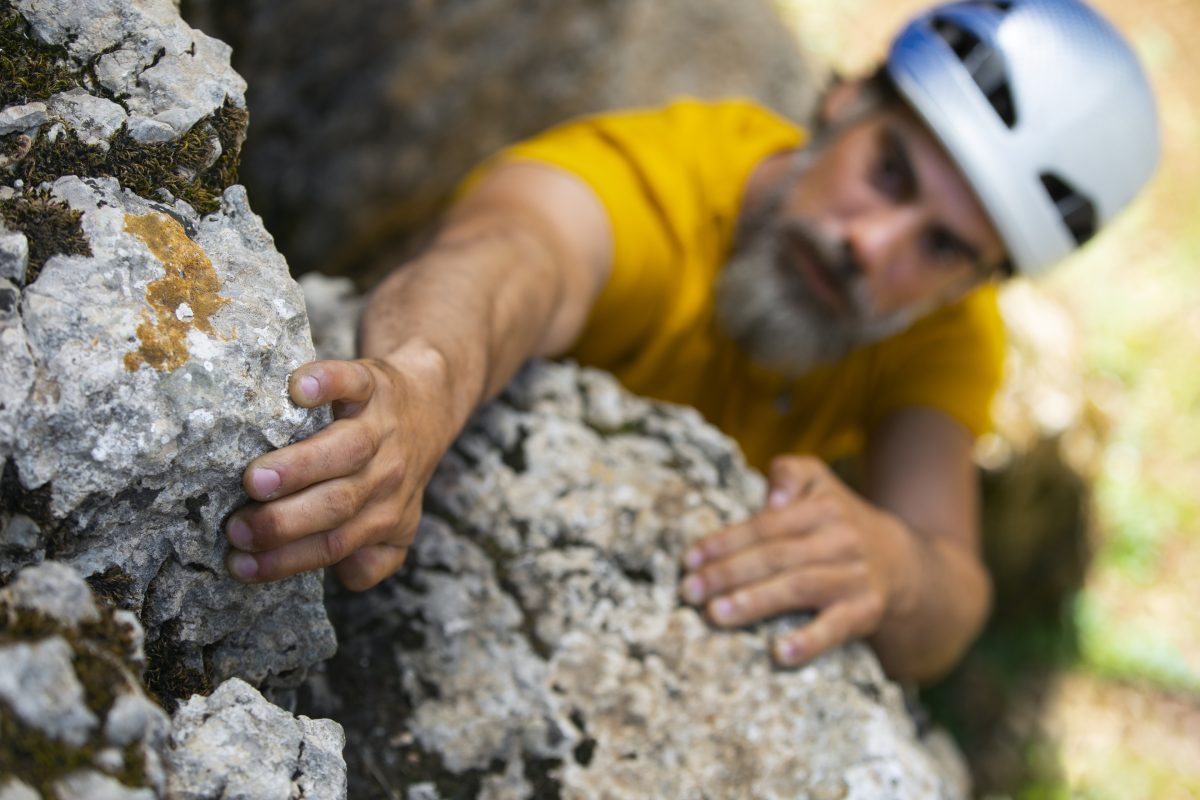Different Methods of Completing a Climbing Route
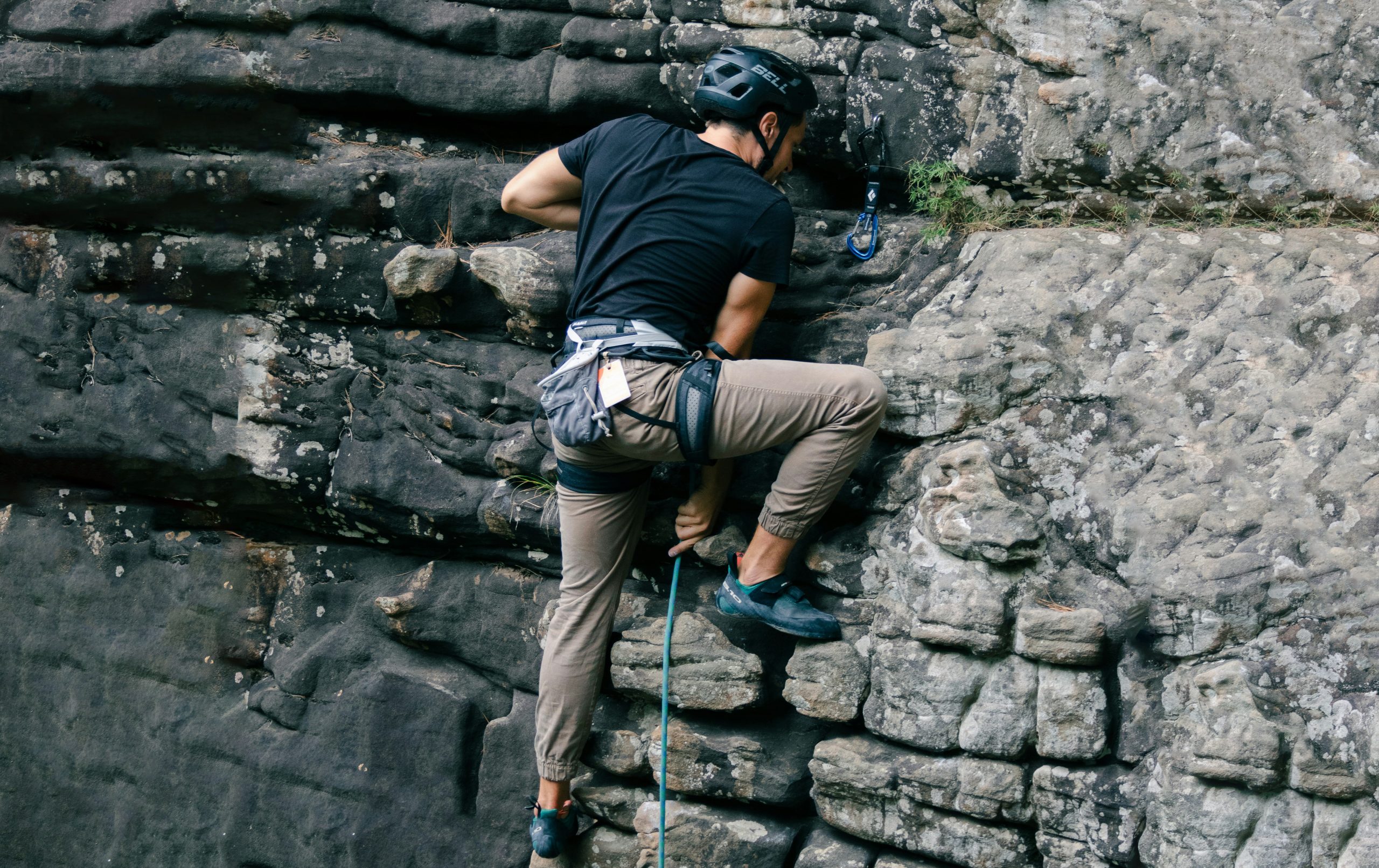
Not everyone can reach the top of a climbing route on their first attempt. Climbers use distinct terms to describe various completion methods. Below are the most commonly recognized ones.
- Onsight
The climber ascends the route on their first attempt, without prior information from guidebooks, videos, or observations of others’ climbs. Only a brief ground inspection is permitted. The climber must lead (either sport or trad climbing) without falling or resting on the rope, completing the route in a single push.
The sense of accomplishment from an onsight ascent is unparalleled. However, each climber has only one chance to onsight a specific route, making this achievement exceptionally rare and valuable.
II. Flash
Similar to an onsight, a flash ascent is completed on the first attempt. The key difference is that the climber has obtained prior information about the route, such as studying beta (route descriptions), watching others climb, or receiving verbal advice.
Flashing a route is relatively common, and successfully doing so on a challenging line is highly exhilarating. It often serves as a training benchmark for climbers tackling routes at their limit.
III. Redpoint
After repeated practice and refinement of beta, the climber leads the route (sport or trad) while placing protection gear during the ascent. If the climber falls or weights the rope, the attempt is considered failed. The main rope must be retrieved, and all intermediate protection points (e.g., quickdraws, trad gear) must be removed before another redpoint attempt can begin.
Throughout a climber’s career, most routes are completed via redpoint. While an onsight or flash is ideal, factors like temporary fatigue, minor errors, or suboptimal conditions often necessitate redpoint efforts. This method is widely regarded as the truest reflection of a climber’s technical proficiency and perseverance.







